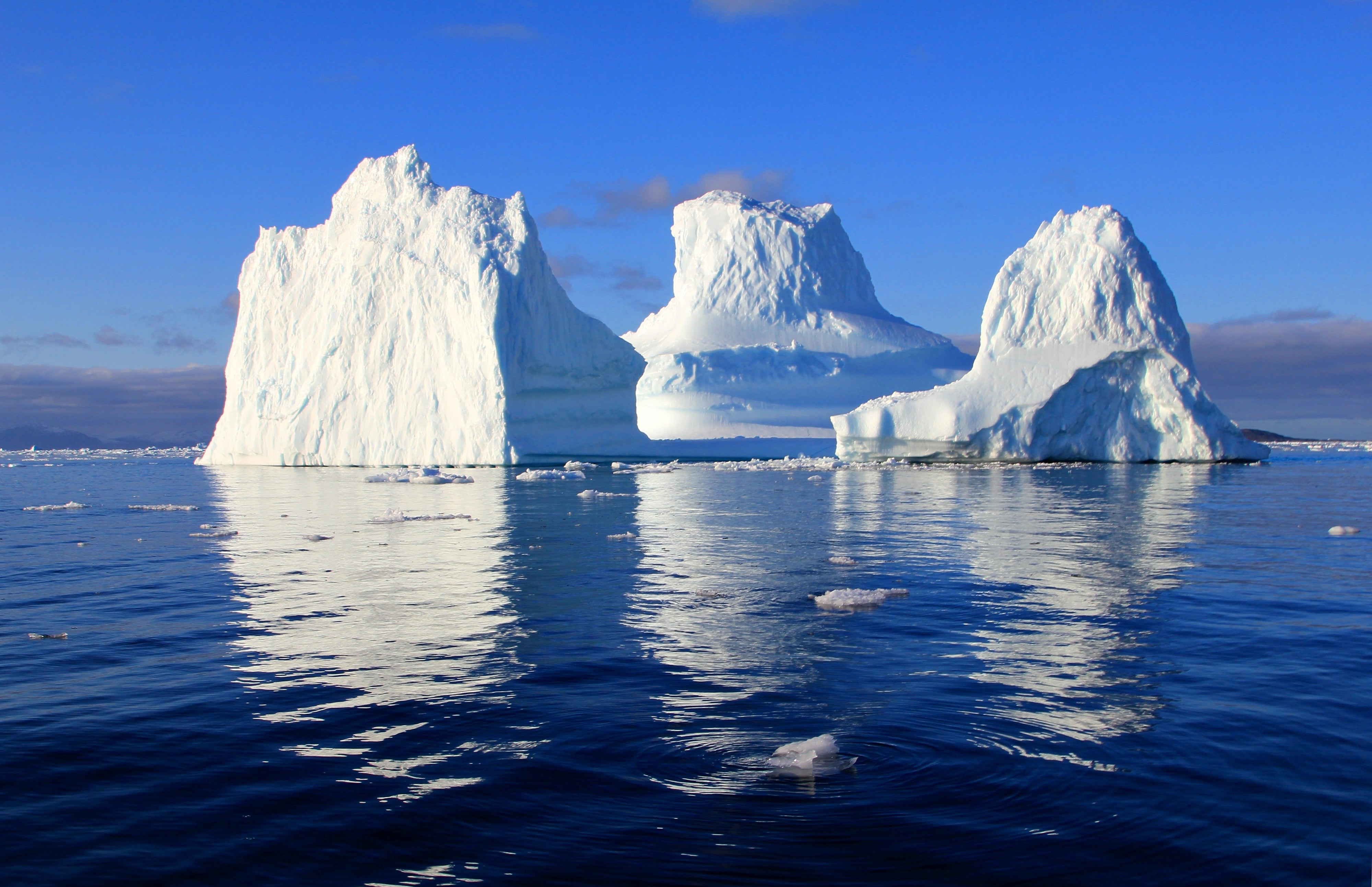Icebergs can come in a rainbow of colors not just white the most commonly seen in cold oceans its color depends on how light interacts with the iceberg and its purity

Icebergs Can Come in a Rainbow of Colors
Icebergs are often associated with their characteristic white color that dominates the icy landscapes of cold oceans. However, contrary to popular belief, icebergs can actually display a stunning array of colors, ranging from greens and blues to browns and even vibrant rainbows. The color of an iceberg is primarily determined by how light interacts with the ice and its overall purity.
The purity of the ice plays a significant role in determining the color of an iceberg. Icebergs that are free of impurities, such as dirt, rocks, or sediments, tend to appear more blue or even turquoise. This is because pure ice absorbs very little light and reflects a substantial amount of blue light. As a result, when light passes through the iceberg, it is scattered and refracted, creating a brilliant blue hue that can vary in intensity depending on its thickness.
However, if an iceberg contains impurities, its color may deviate from the expected blue and take on various other shades. For instance, when organic matter, such as algae or plankton, is present in the ice, the iceberg may appear green. This occurs because these microscopic organisms contain pigments that absorb and reflect certain wavelengths of light, giving the ice a greenish tint.
In some cases, icebergs can even exhibit remarkable patterns and stripes of different colors. These patterns typically form when layers of ice with varying densities and impurities freeze together. For example, if a layer of ice that contains a higher concentration of sediment freezes on top of a purer layer, the resulting iceberg may display stripes that range from dark browns to lighter shades of blue or white.
The interaction between light and ice is a fascinating process that lends icebergs their captivating colors. When sunlight strikes the iceberg, it illuminates the ice and reveals its true hues. Capturing these vibrant displays can be a breathtaking experience for photographers and nature enthusiasts alike.
To witness the captivating colors of icebergs, one may explore regions that are known for their abundance of these frozen giants. Places like Antarctica, Greenland, and the polar regions of Canada are renowned for their diverse and colorful icebergs. Explorers and tourists flock to these areas to marvel at the amazing sight of icebergs that resemble masterpieces painted by nature.
In conclusion, icebergs are not solely confined to their iconic white appearance. They can exhibit a mesmerizing range of colors, from blues and greens to browns and even rainbows. The interaction of light with the ice and the presence or absence of impurities play crucial roles in determining the coloration of icebergs. To truly appreciate the beauty of these natural wonders, one must venture into the icy realms where nature’s creativity is on full display.
Source: Scientific American


Tags
Share
Related Posts
Quick Links
Legal Stuff

